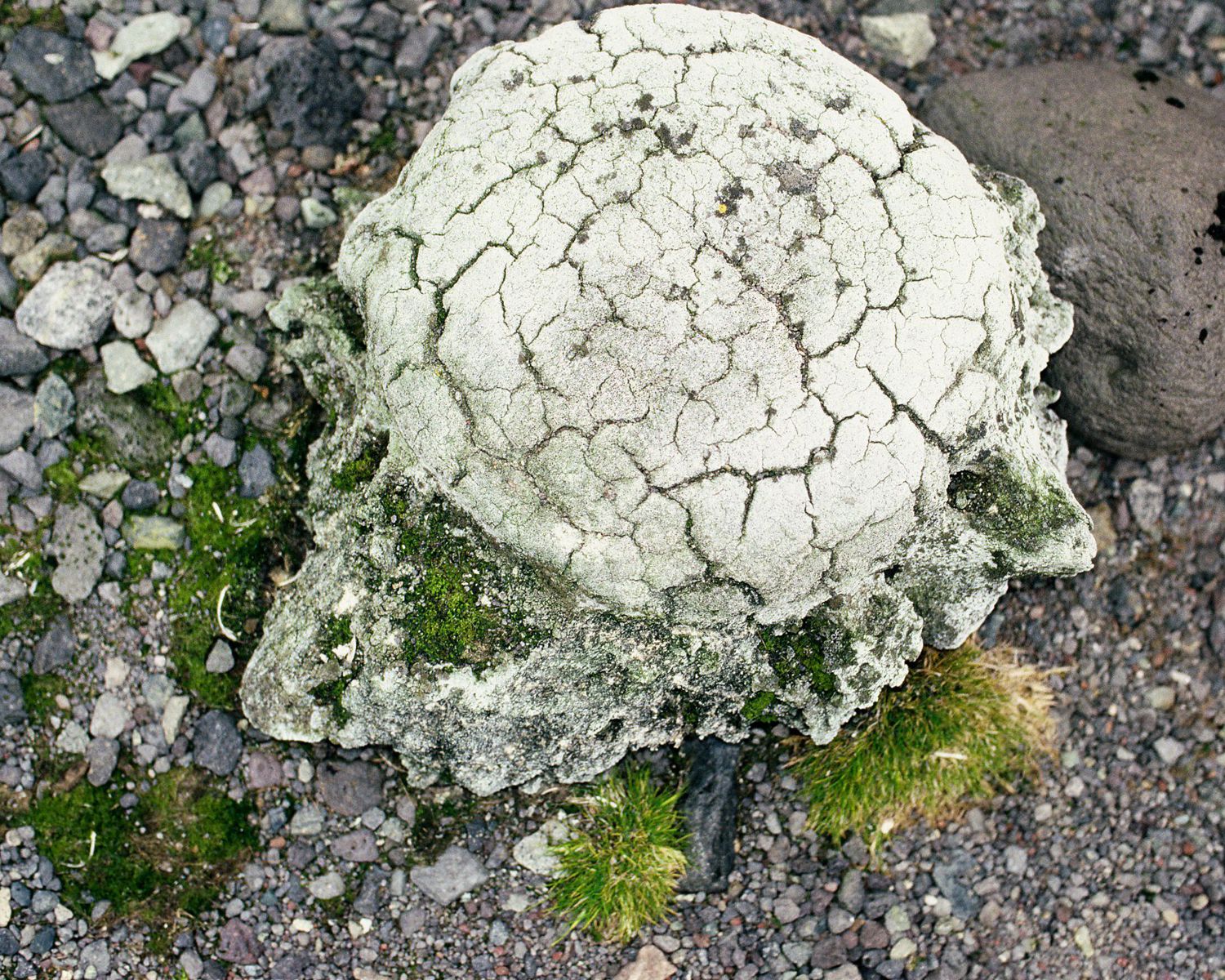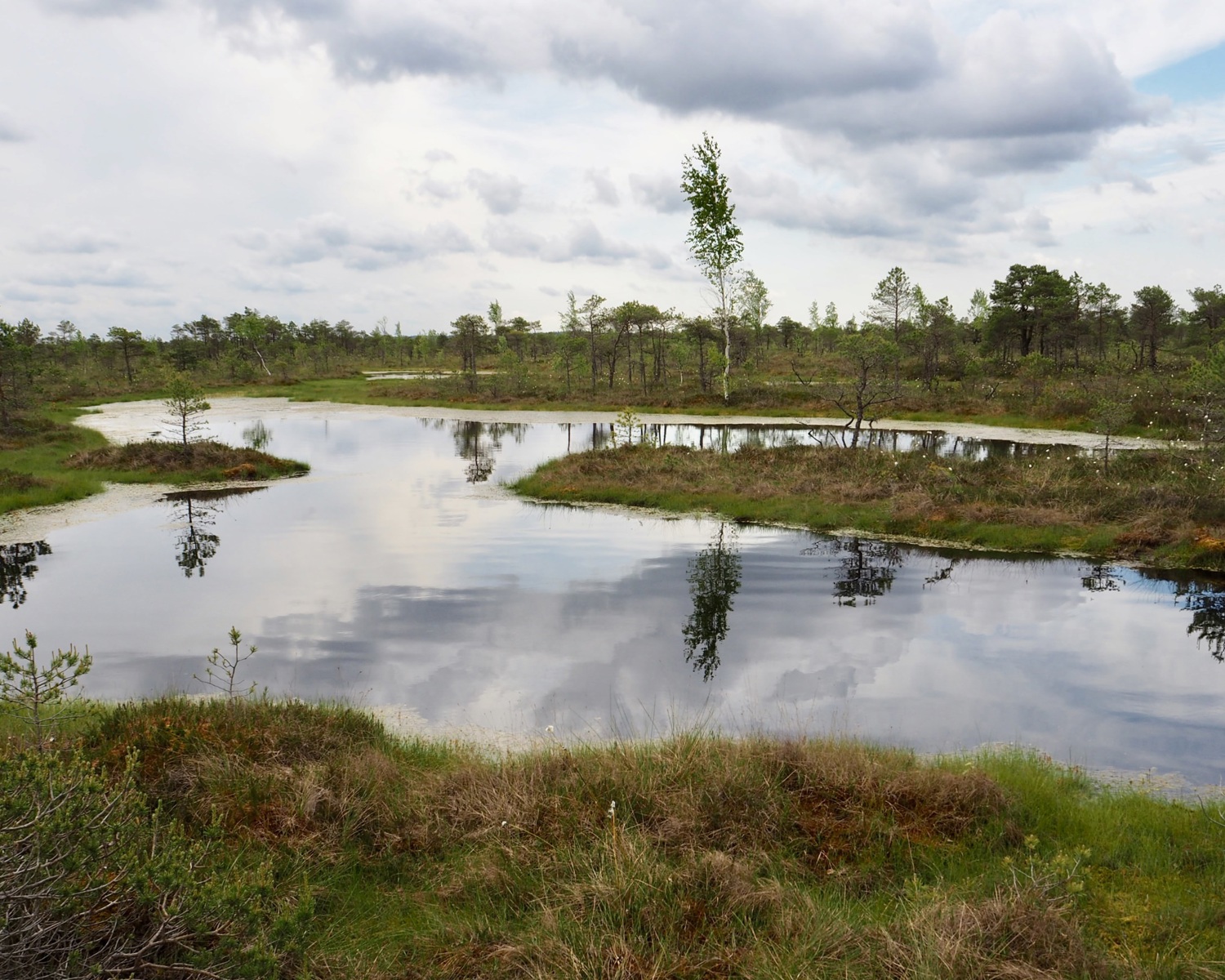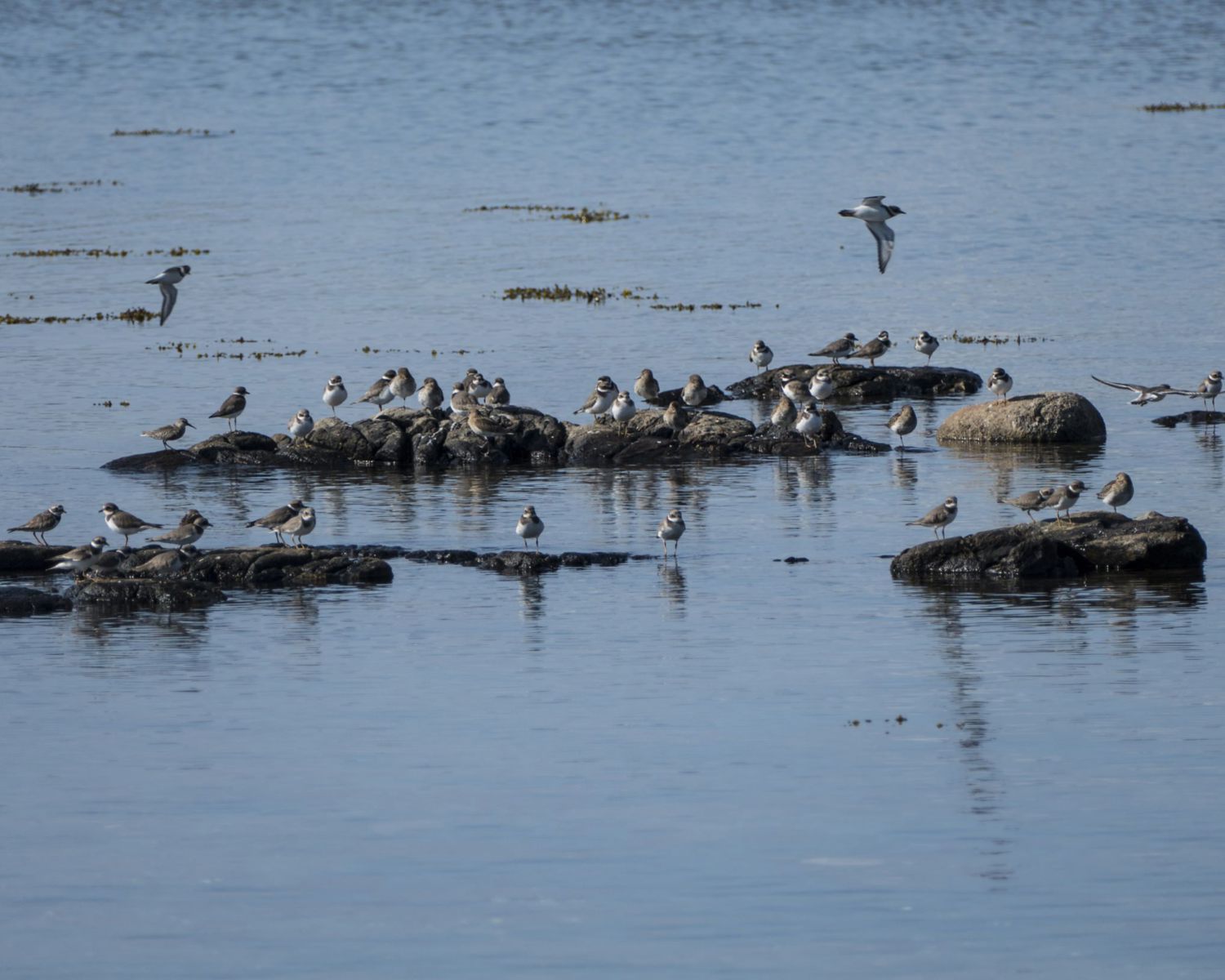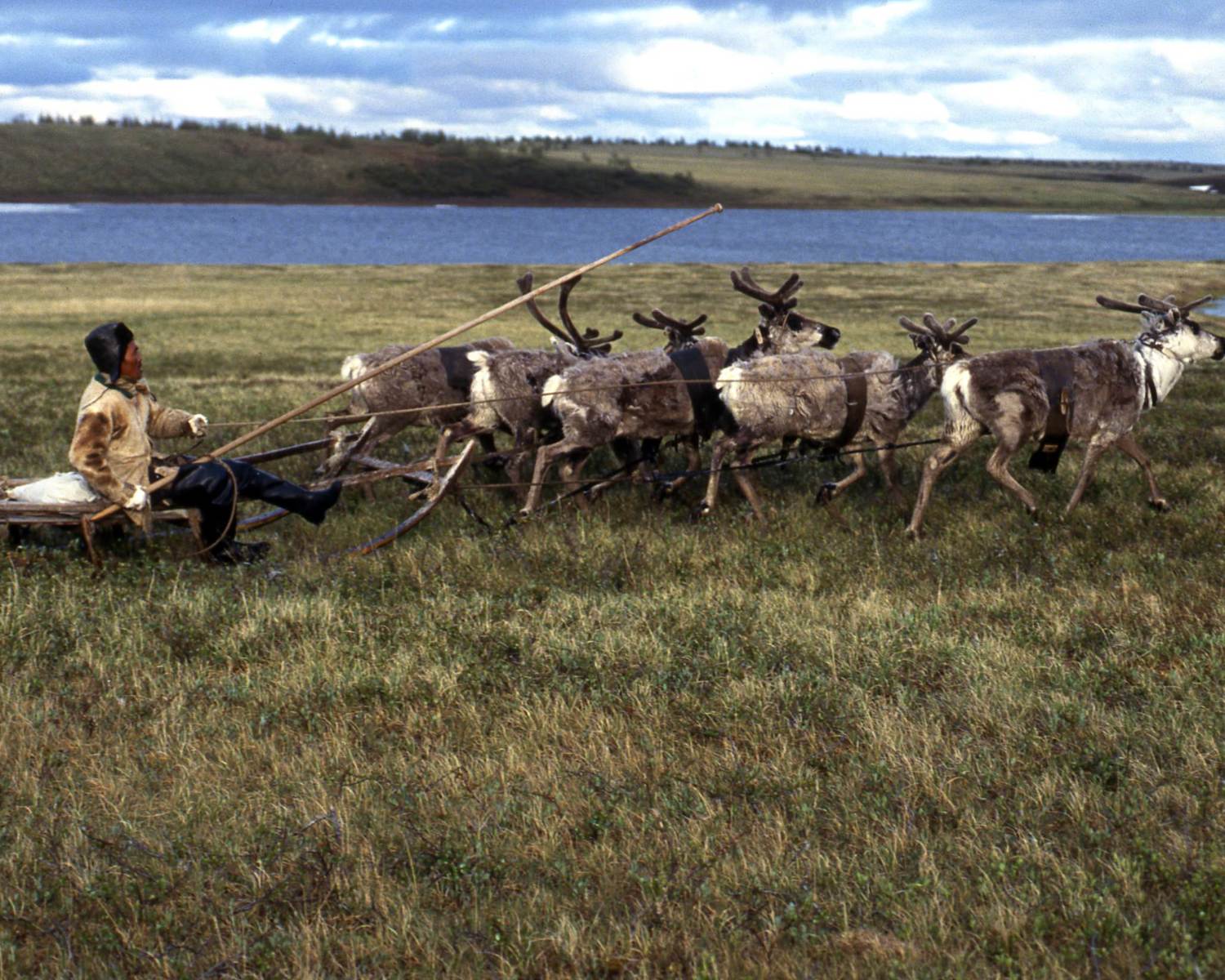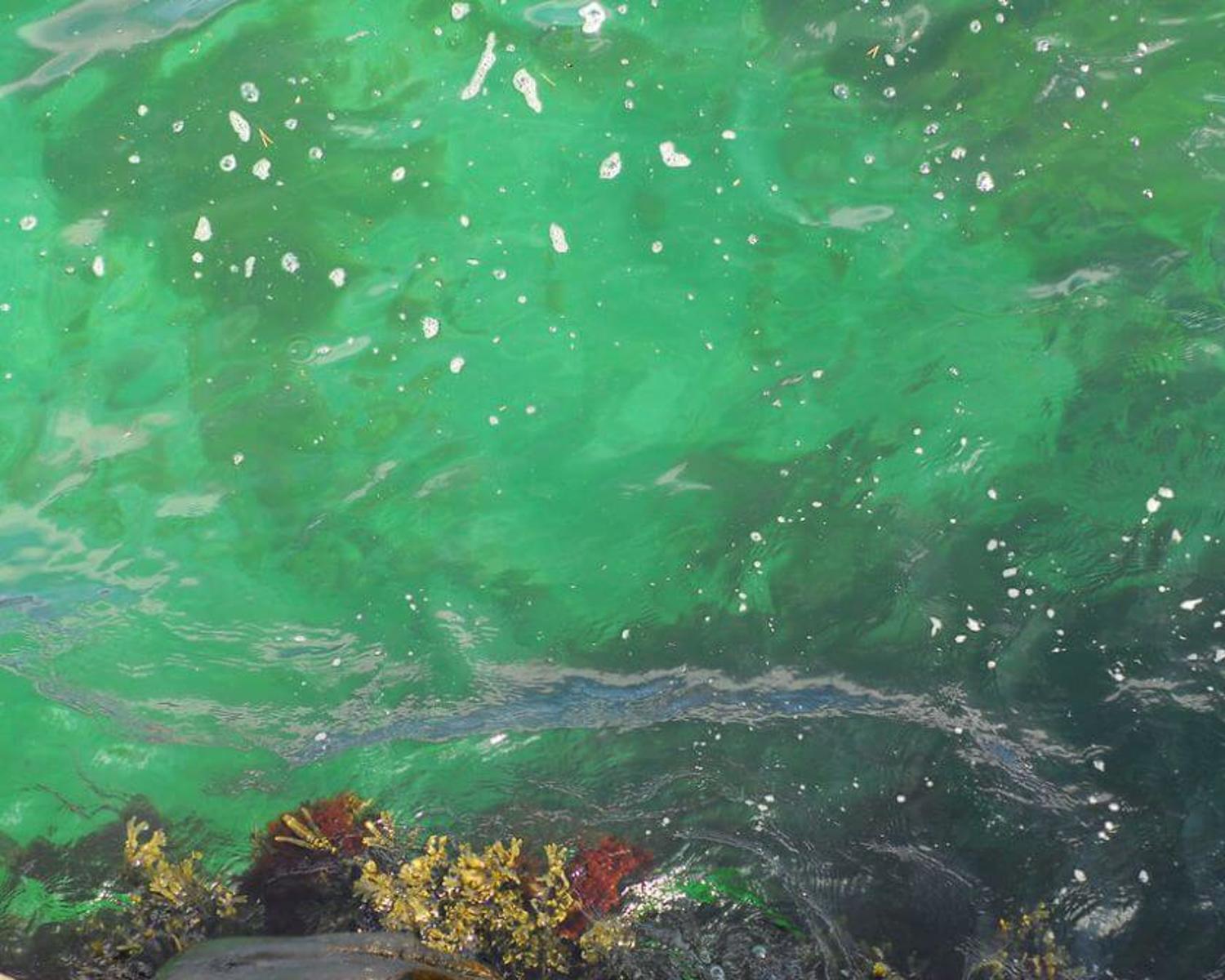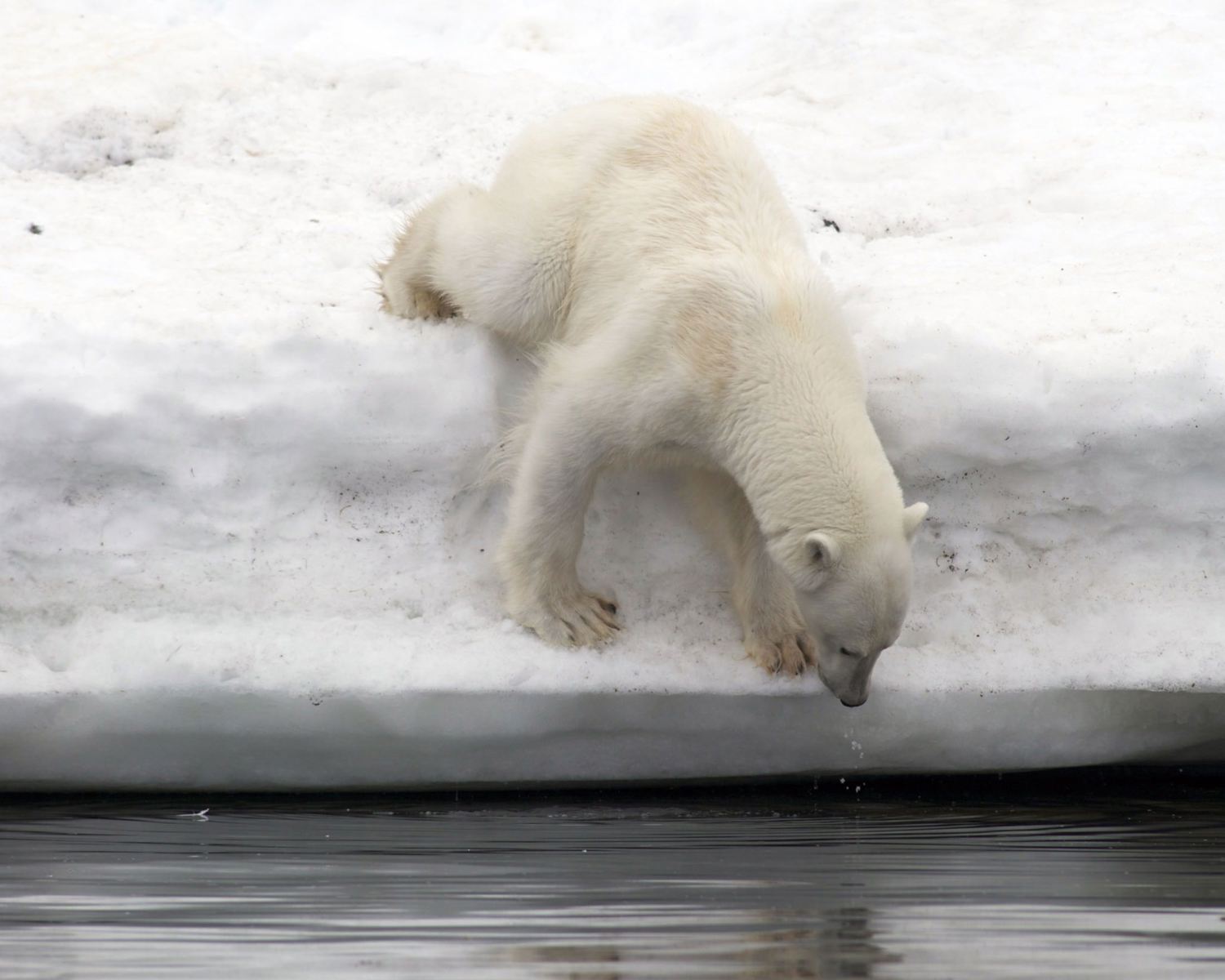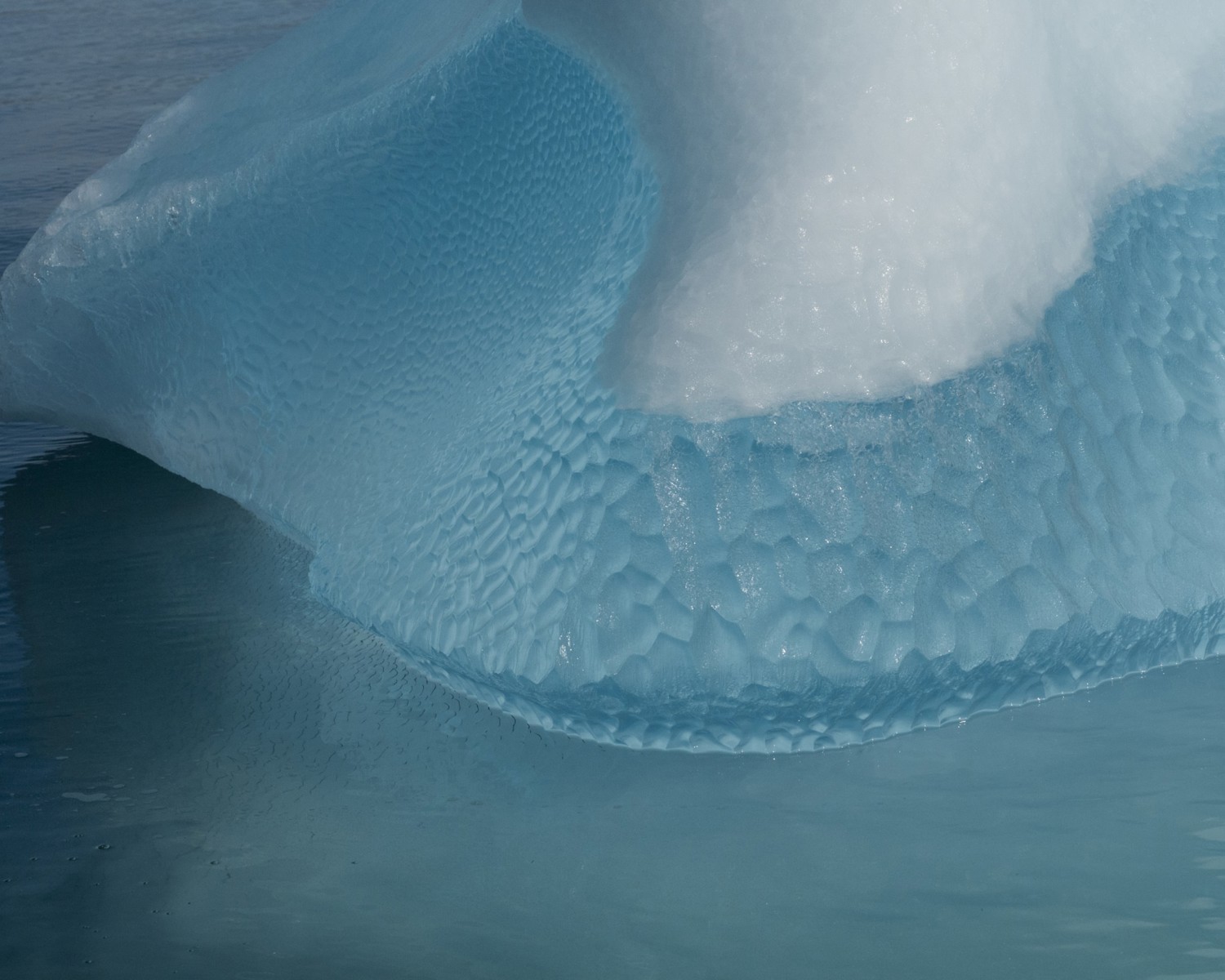Sea ice albedo modification
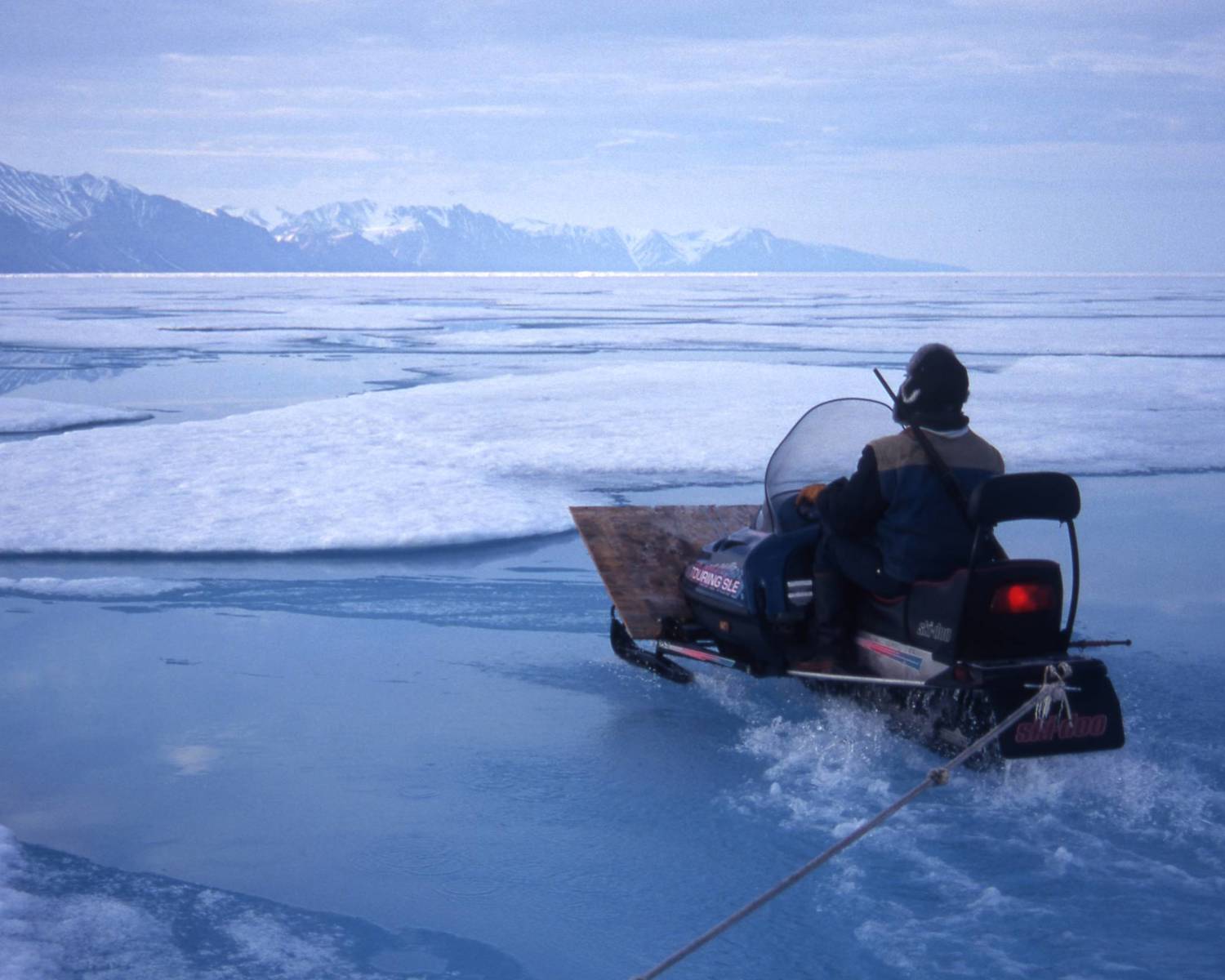
Apart from thickening sea ice by directly adding mass to it (see sea ice thickening), it has been suggested that the ice could also be protected by increasing its albedo and thereby reducing the amount of absorbed energy (Field et al. 2018).
The non-profit organization Arctic Ice Project is currently studying the feasibility of increasing albedo by spreading hollow glass microspheres (HGM) on top of sea ice (https://www.arcticiceproject.org/theproject/).
Analysis overview

Technological Readiness Level (TRL)
Low 1
HGM are already used for different purposes, and these kinds of microspheres made out of silica are commercially produced and available (Field et al. 2018). The global demand of HGM is however rather limited, and production would have to be significantly increased if substantial parts of the Arctic sea ice were to be covered with them. The main ongoing research is therefore to look if these HGM could effectively preserve Arctic sea ice, and not cause unwanted side effects.
Through the company Ice911, Leslie Field, who first suggested using HGM, started conducting several field trials in North America, mainly on freshwater ponds. Field has recently however left the company and is now exploring the possibility to use HGM on mountain glaciers (see glacial albedo enhancement). Ice911 has since been renamed Arctic Ice Project. The company works together with private companies like Climformatics and Harvey Mudd College for their modeling and simulations, and are currently in a 'multi-year, multi-million dollar' collaboration with Norwegian organization SINTEF aimed at 'materials testing, safety, performance testing and methods for deployment' (https://www.arcticiceproject.org/the-project/). The company’s whitepaper (Zornetzer et al. 2021) estimates their HGM idea to be at Technology Readiness Level 3, stating ‘that the main features have undergone successful proofs of concept, including successful initial demonstrations of the effectiveness, practicality, and safety of the approach.'In a recent pre-peer review manuscript Farkas et al (2023) describe that their experiment found significant differences in properties between different kinds of HGM, and established that some materials leached in seawater overtime. Research is therefore still needed about HGM environmental impacts, lifetime, and behavior, especially under harsh weather conditions. It is furthermore to be seen if development is not set back, and how the organization responds to a damning verdict by Warren and Webster (2022) that claimed that HGM would be detrimental to overall Arctic sea ice albedo.
Technological Readiness Level (TRL)
A technology with a TRL of 1-3: TRL 1 – Basic; TRL 2 – Concept formulated; TRL 3 – Experimental proof of concept

Scalability
Medium 2
Field et al. (2018) write that current supplies of HGM are insufficient for a large-scale deployment, but that production could likely rapidly be enhanced if needed, thereby also driving down costs. The idea would be to distribute the material at strategic locations in the Arctic, like the Beaufort Gyre, where they would incur greatest effect. However, since it is unclear if the material will be effective outside an experimental setting, and would not be blown away as Warren and Webster (2022) suggest will happen, uncertainties remain about possible scalability.
Scalability
Physically somewhat scalable; linear efficiency

Timeliness for near-future effects
Medium 2
Publications related to the Arctic Ice Project are more optimistic about the potential timeliness of this scheme (see for example Zornetzer et al. 2021). However, even though HGM already exists, due to the many technical issues and large parts of the ice already gone, the potential window to implement such an intervention seems increasingly limited.
Timeliness for near-future effects
Implemented in time to make some difference, although questionable

Northern + Arctic potential
Unknown 0
A report by Arctic Ice Project states that their experiment showed that a treatment with HGM increased that area’s average albedo from 0.17 to 0.36, and that the observed ‘30% reduction in radiative energy into the pond from surface modification with HGMs cause[d] a proportional 30% reduction in ice melt rate’ (Johnson et al. 2022). Zornetzer et al. (2021) furthermore claim that modeling has shown ‘that yearly application of the material on the Arctic sea ice over the period 2000–2040 would cause/ have caused ice volume to increase 0.5 percent to 1 percent per year, with increased ice thickness of 20 cm to 1 m15’, and that this would lead to Arctic temperature decreases of up to 1.5°C.
Warren and Webster (2022) however radically questions these findings and argues that Arctic Ice Project’s studies did not take ice and snow specificities and weather into consideration, and that this technology would in fact not slow, but increase the overall rate of melting. Although completely non-absorbing microspheres could perhaps increase ice albedo, the authors write in an AGU joint release (2022) ‘this might still not solve the problem’ because it would require 360 million tons per year to prevent melt and cool the climate, ‘and that’s assuming the non-absorbing microspheres could be manufactured and dispersed without contamination or other unintended effects.’ Apart from this production and distribution problem, the potential to form a functional layer of reflective particles is also questioned because winds would likely blow them away or clump them particles together, a phenomena the author’s say could already be noticed in the very small experimental ponds too.
Model studies suggest that HGM might lead to some ice preservation (Cvijanovic et al. 2015), but will probably disappear altogether anyway if current warming trends continue (Zampieri and Goessling, 2019). Zhao et al. (2020) moreover found that Marine Cloud Brightening (see Arctic Marine Cloud Brightening) could have a 40% greater forcing efficacy than surface albedo modifications like HGM application, and that such an atmospheric measure has the extra benefit of also reducing shortwave heating of the lower atmosphere.

Global potential
Unknown 0
If significant amounts of Arctic sea ice could be preserved, this could have a major effect on the global energy budget. However, in absolute terms, the global radiative forcing effects of HGM sea ice modification will likely remain limited (Cvijanovic et al. 2015).

Cost - benefit
Cost-effective 3
The HGMs are intended to be applied at strategic locations where they would have maximum effect. The cost of such limited application would still remain high. Field et al. (2018) estimates that production costs for a treatment of 25,000 km2 with microspheres would be around $300,000,000 at current prices, with some 10 million dollars added for transportation. It should be noted that these costs would likely decline if production were to be scaled. Moreover, Hao et al. (2023) estimate that the melting of the sea ice would in any case costs the world an average of 6.7–13.3 trillion USD annually over the period 2020 to 2100, when the costs of the forcing effects of the ice are calculated in terms of equivalent costs of the forcing that is the result of GHG emissions.
Cost - benefit
Low investment cost compared to the avoided damage cost (e.g., a few %) and/or inexpensive relative to other measures with similar impact

Environmental risks
Some risk 2
The Arctic Ice Project claims their material is non-toxic (see, for example, Zornetzer et al. 2021). This is important, as Farkas et al. (2023) found that some HGM variants they tested in their experiment leached in seawater overtime. Miller et al. (2020) still warn about the project’s potential effects on biochemistry because, like sea ice thickening, this measure would likely increase aerosol levels in the atmosphere leading to changes in air temperature due to cloud formation, and could influence bioproductivity in the ocean by limiting light availability. The use of silicon based spheres could moreover have a fertilization effect and thereby impact the blooming of algae.
Environmental risks
More widespread and possibly regional impacts that extend beyond the immediate solution deployment location

Community impacts
Unknown 0
The Arctic Ice Project emphasizes that it wants to collaborate with indigenous groups, and on their website they write they want to ‘do no harm’ to ‘the environment, nor the tribes, communities, and animals that call the Arctic home in the attempts to restore ice’ (www.arcticiceproject.org/the-project/).
However, in early 2022 the company faced criticism after indigenous-led protests at a fundraising event (see Elliott, 2023), which was followed by a letter of protest that called for a termination of all the companies intended activities in the Arctic (https://docs.google.com/document/d/1G5b-MSKyV5cI96lyBV140jhyfE-SaPTEt85aVZC5TjM/edit).

Ease of reversibility
Medium 2
Ease of reversibility
Possible with significant investment

Risk of termination shock
Low risk 3
Risk of termination shock
Low or insignificant termination shock or damage

Legality/governance
Challenging 2
Although it is not clear how the deployment of HGM would be governed on the High Seas, the five Arctic coastal states would likely be able to distribute them within their Exclusive Economic Zone if they wanted (Moore et al., 2020), albeit with likely many objections from various local interests. The project would face difficulties in terms of governance, because distribution areas would be both on states’ territorial and international waters, and would therefore be liable to both national and international legislation. Argüello and Johansson (2022) therefore call for active research to see how Arctic ice management techniques might be governed.
Legality/governance
Fits within existing structures to a certain degree, but some policy changes are needed to deploy at scale

Scientific/media attention
High 3
Scientific/media attention
Numerous scientific papers with substantial funding and ongoing research groups; significant media attention and "hype"; many companies exploring commercialization options
References
Argüello, G., & Johansson, J. (2022). Ice Management Research and the Arctic Marine Environment. In Regulation of Risk. Leiden, The Netherlands: Brill | Nijhoff. https://doi.org/10.1163/9789004518681_004
Cvijanovic, I., Caldeira, K., & MacMartin, D. G. (2015). Impacts of ocean albedo alteration on Arctic sea ice restoration and Northern Hemisphere climate. Environmental Research Letters, 10(4), 044020. https://doi.org/10.1088/1748-9326/10/4/044020
Elliott, Christian. (April 23, 2023). Can Geoengineers Learn to Work With Indigenous Communities? Sierra. availible at: www.sierraclub.org/sierra/can-geoengineers-learn-work-indigenous-communities
Farkas, J., Molid, M., Hansen, B. H., Nordam, T., Nordtug, T., & Throne-Holst, M. Characterization of Hollow Glass Microspheres with Potential for Regional Climate Intervention to Preserve Arctic Sea Ice. Available at SSRN 4377493. https://doi.org/10.1016/j.coldregions.2023.103967
Field, Leslie, Detelina Ivanova, Subarna Bhattacharyya, Velimir Mlaker, Alexander Sholtz, Roman Decca, Anthony Manzara et al. "Increasing Arctic sea ice albedo using localized reversible geoengineering." Earth's Future 6, no. 6 (2018): 882-901. https://doi.org/10.1177/04866134221123626
Hao, H., Su, B., Liu, S., & Zhuo, W. (2023). Radiative Effects and Costing Assessment of Arctic Sea Ice Albedo Changes. Remote Sensing, 15(4), 970. https://doi.org/10.3390/rs15040970
Johnson, D., Manzara, A., Field, L. A., Chamberlin, D. R., & Sholtz, A. (2022). A Controlled Experiment of Surface Albedo Modification to Reduce Ice Melt. Earth's Future, e2022EF002883. https://doi.org/10.1029/2022EF002883
Miller, L.,Fripiat, F.,Moreau, S.,Nomura, D.,Stefels, J.,Steiner, N.,Tedesco, L., and Vancoppenolle, M. (2020), Implications of sea ice management for Arctic biogeochemistry, Eos, 101, https://doi.org/10.1029/2020EO149927.
Moore, J.C., I. Mettiäinen, M. Wolovick, L. Zhao, R. Gladstone, Y. Chen, S. Kirchner, T. Koivurova 2020 Targeted geoengineering: local interventions with global implications, Global Policy, https://doi.org/10.1111/1758-5899.12867.
Webster, M. A., & Warren, S. G. (2022). Regional geoengineering using tiny glass bubbles would accelerate the loss of Arctic sea ice. Earth's Future, 10(10), e2022EF002815. https://doi.org/10.1029/2022EF002815
Zhao, M., Cao, L., Duan, L., Bala, G., & Caldeira, K. (2021). Climate more responsive to marine cloud brightening than ocean albedo modification: a model study. Journal of Geophysical Research: Atmospheres, 126(3), e2020JD033256. https://doi.org/10.1029/2020JD033256
Zornetzer, Steven, Anthony Strawa, Timothy Player (2021) Restoring Arctic Ice: A More Benign Climate Intervention? Arctic Ice Project White Pages. https://www.arcticiceproject.org/wp-content/uploads/2021/05/aip_whitepaper_04_09_2021_3.pdf [Accessed 17 July 2024]

